If you want to model two different classes then in the Sequence Diagram it would mean two different lifelines. That is all (as far as I know).
You can show any <<stereotype>> (including <<abstract>>) in the lifeline head as in this example: uml-diagrams.org: UML Sequence Diagrams Examples → Submit Comments to Pluck
For example, let's suppose we have this (useless) C# code:
abstract class BaseClass
{
protected abstract string Name { get; }
public virtual void DoSomething()
{
Console.WriteLine("Something useful done.");
}
protected void SayHello(string to)
{
Console.WriteLine("Hi {0}, I'm {1}", to, this.Name);
}
}
class Case1 : BaseClass
{
protected override string Name { get { return "Case 1"; } }
public override void DoSomething()
{
base.DoSomething();
}
}
class Case2 : BaseClass
{
protected override string Name { get { return "Case 2"; } }
public void DoSomething(string to)
{
this.SayHello(to);
base.DoSomething();
}
}
class Program
{
static void Main(string[] args)
{
var c1 = new Case1();
var c2 = new Case2();
c1.DoSomething();
c2.DoSomething("Jane");
}
}
Then UML Sequence Diagram capturing what happens withing the Program.Main might look like this:

I drew the abstract class as implicit friend object sharing the lifetime (and most of the memory) with the concrete class instance. It is actually how is class inheritance implemented in some languages so the scenario is not completely "made-up".
However, the level of detail maybe too much focused on the implementation leaving no place for useful abstraction. This diagram would not survive even small code re-factoring


